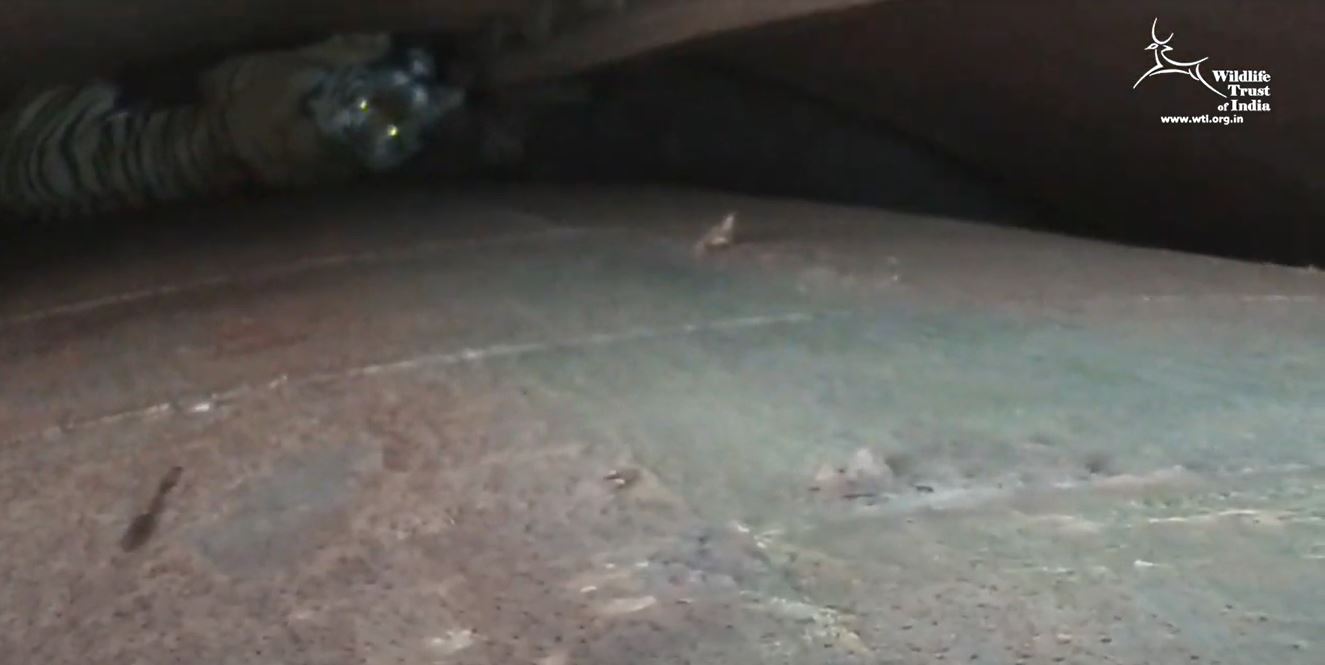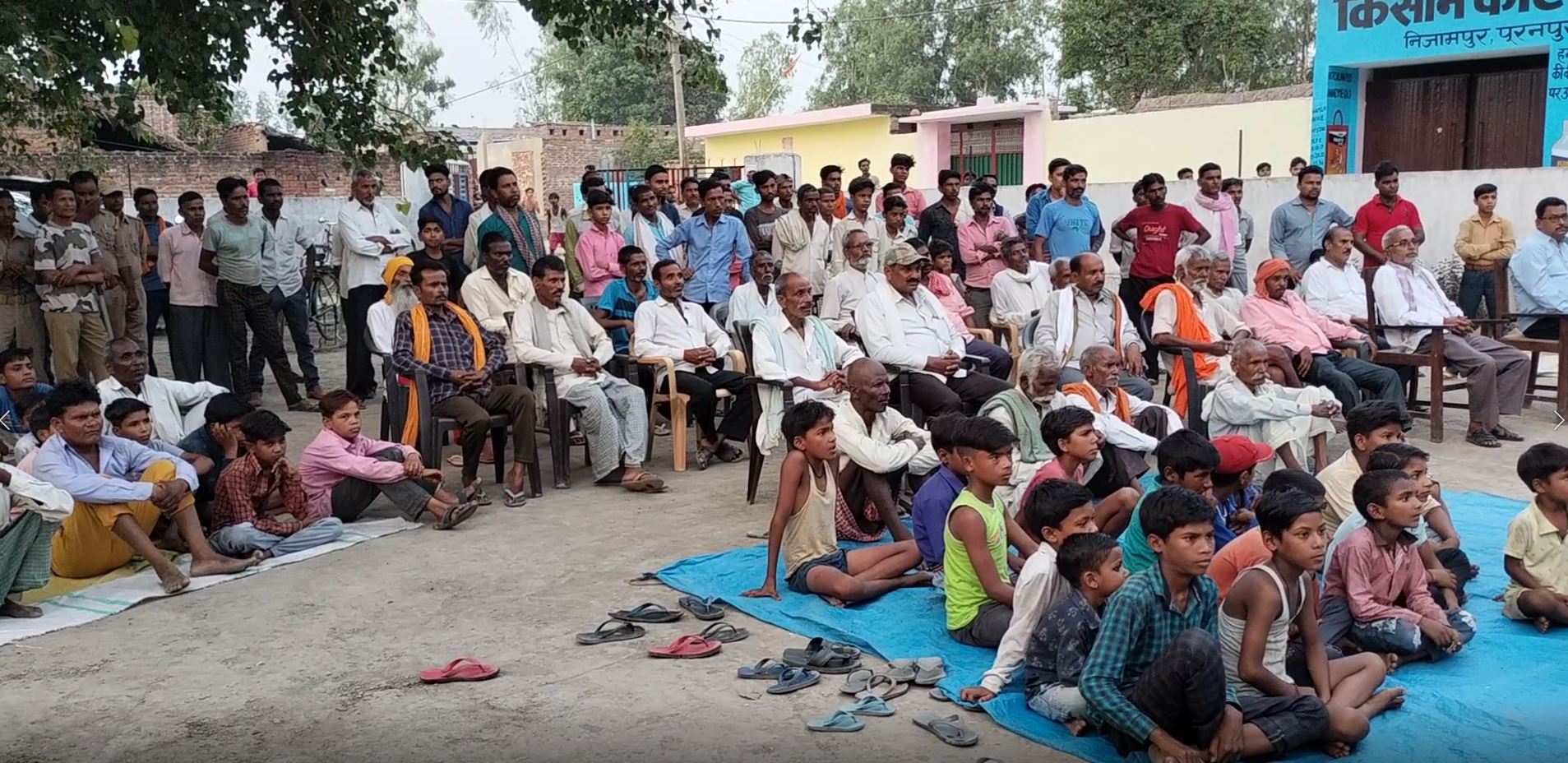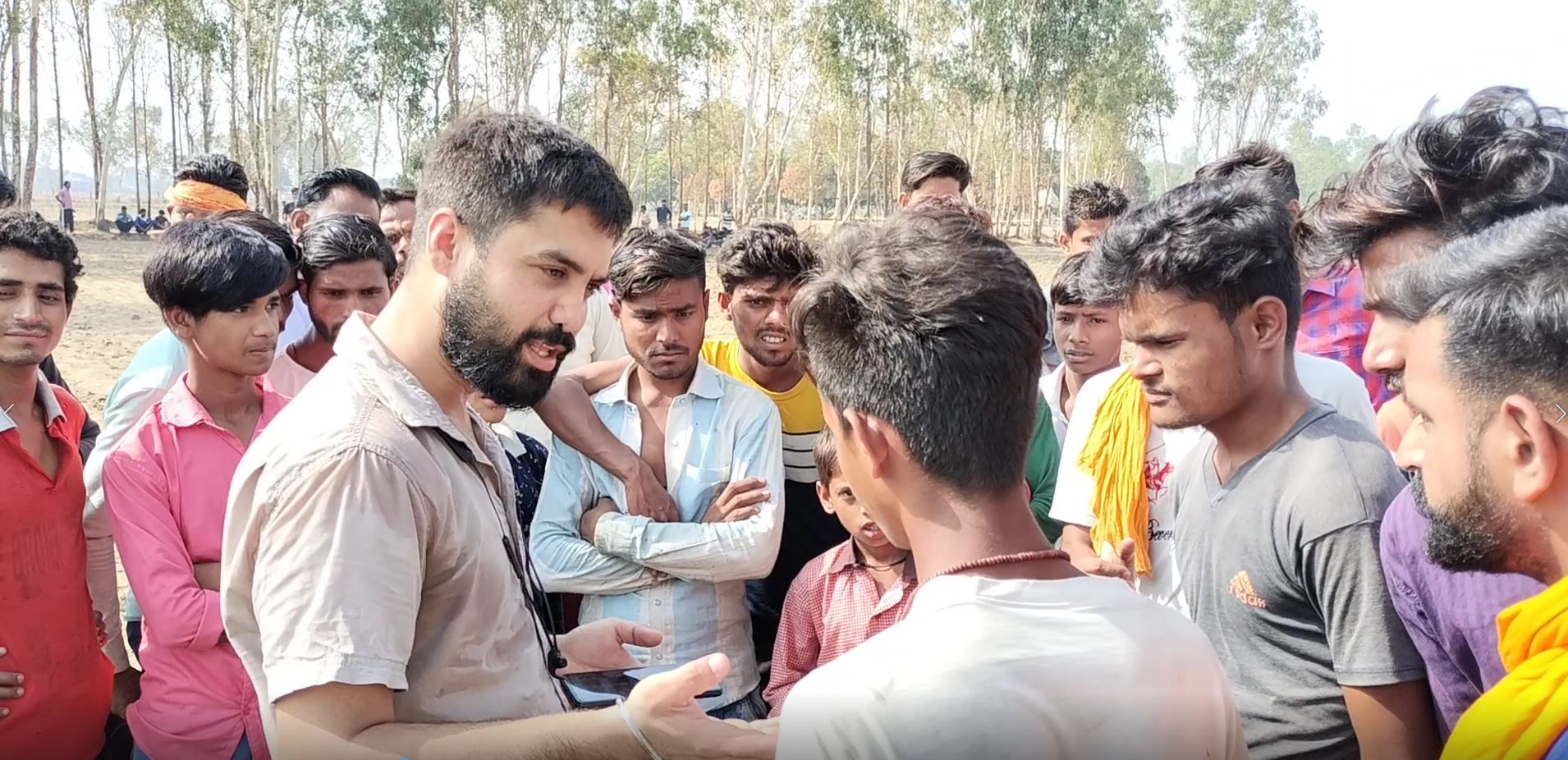Partners and collaborators
In 2021, Chester Zoo partnered with the Wildlife Trust of India on the Terai Tiger project.
The initiative aims to reduce conflicts between tigers and leopards, and the human communities that share their home in the Indian state of Uttar Pradesh.
Picture yourself in the scene below. You stand in front of a field of 10 feet tall crop towering above you. You are a farmer, and this is your crop. It’s your only livelihood, and it must be harvested if you are to feed your family.
Manually, by hand, you go about tending your field. You make it halfway in, and then all of a sudden a flash of orange or yellow catches your eye. At point blank range, you’ve encountered (and likely startled) one of India’s largest predators – a Bengal tiger, or a common leopard.
Perhaps you’re lucky and the animal flees… but what if it acts in defence?
This is the reality for hundreds of people every year across India, particularly those in areas of farmland between pockets of India’s remaining forest. The loss of human life is only one part of the issue too. A significant amount of conflict between humans and big cats arises from predation of livestock, which can harm the livelihoods of people already riding the poverty line.
Conservation efforts for big cats have seen huge success by protecting forest areas. But these are territorial animals, and an increasing population needs new space. Cats looking for new territories often emerge from the forest and see sugar cane or other crops as grassland, which to them is a perfectly viable habitat. In a number of instances, tigresses have also been recorded to have littered and raised young cubs in sugarcane fields of this region.
Like in most human-wildlife conflict scenarios, negative interactions with big cats are frequently met with retaliatory killings. The presence of a big cat near a community can incite a fearful mob to chase off or even dispatch the animal. Quite fairly, people fear for their children, or their livestock. This is why it’s so important that we find find solutions for coexistence that address both human needs and wildlife needs together.
For more than a decade, the Wildlife Trust of India has been working in communities surrounding two tiger reserves – Dudhwa and Pilibhit – in the Northern state of Uttar Pradesh. They’re aiming to understand how to de-escalate conflict situations when they arise, and bring in lasting solutions to help people avoid such interactions altogether.
Two types of intervention are in progress or lie ahead – response and prevention.
Response
The Wildlife Trust of India first established Rapid Response Teams (RRT) to assist both locals and the state forest department in mitigating big cat conflicts in the region. Comprising of a wildlife biologist, a sociologist, a veterinarian and field assistants, the RRT responds to a distress call as a situation unfolds.
The RRT are supported by Primary Response Teams (PRT). These are made up of respected members of communities in the region who have volunteered their services to mitigating conflict. They do this by patrolling village boundaries, monitoring big cats in the region, and controlling the crowd until external help can arrive in the event of a conflict situation. They are the first responders to a conflict situation in the landscape, and today resolve a number of cases independently without needing professional support from the RRT.
For both, the RRT and PRTs, the goal is to allow safe passage for the animal to move on. This is often the simplest and most cost-effective way to control the crisis. The team collect data throughout the event on the cat’s movement as well as the human response, and most of the time, any further intervention isn’t necessary. Should the cat need to be moved on for reason such as injury, or if an unusual location is involved – such as a 2020 case when a tiger became trapped in an abandoned factory, pictured above – the RRT is geared to tranquilise the animal and move it to a safe location.
The achievements of these groups have been extraordinary. Since 2017 five Bengal tigers have been transferred to safe areas of the forests of Dudhwa and Pilibhit, and an additional 23 helped to safely move away from a scene of conflict. Combined, the lives of 29 tigers have been saved already.
Prevention
The long term goal is to address each of the issues that cause conflicts in the first place. The greatest room for change lies in human behaviour.
The project is identifying simple fixes to avoid conflict at the root of its cause, for example, simply not harvesting sugar cane or tall crops in solitude. A small group deliberately making a lot of noise as it passes through a tall field alerts any big cats in the vicinity, reducing the chance of a surprise encounter.
Likewise, to leave livestock roaming unattended is to offer up an easy meal, especially for young tigers and leopards on lookout for an easy hunt. Making sure livestock is properly monitored is much more likely to keep them safe, and stop the build-up of resentment from predation events.
Interventions such as these require open dialogue and education, and so the project is working across all levels of society in the region to achieve this.
Through schools and community networks, keen children can become tiger scouts who are trained and developed into local youth ambassadors for wildlife conservation. These children are tasked to spread awareness among the younger generation of the importance of wildlife, and the various ways that people can help to avoid a conflict scenario. Education Centres are also being established in rural communities to support under-resourced schools in providing a nature-based education.
Among the older generation, specialist members of PRT can become Bagh Bondhus (Friends of Tigers). They are tasked with using their exceptional communication skills to host community awareness initiatives within their own villages and those nearby. These are often focused on simple interventions to avoid running into big cats, such as promoting good waste management around inhabited areas, and safe farming practices.
In time, the spread of this knowledge throughout the region is hoped to make conflict between humans and big cats a rarity, and inspire a model to be used anywhere else that big cats share their home with people.






